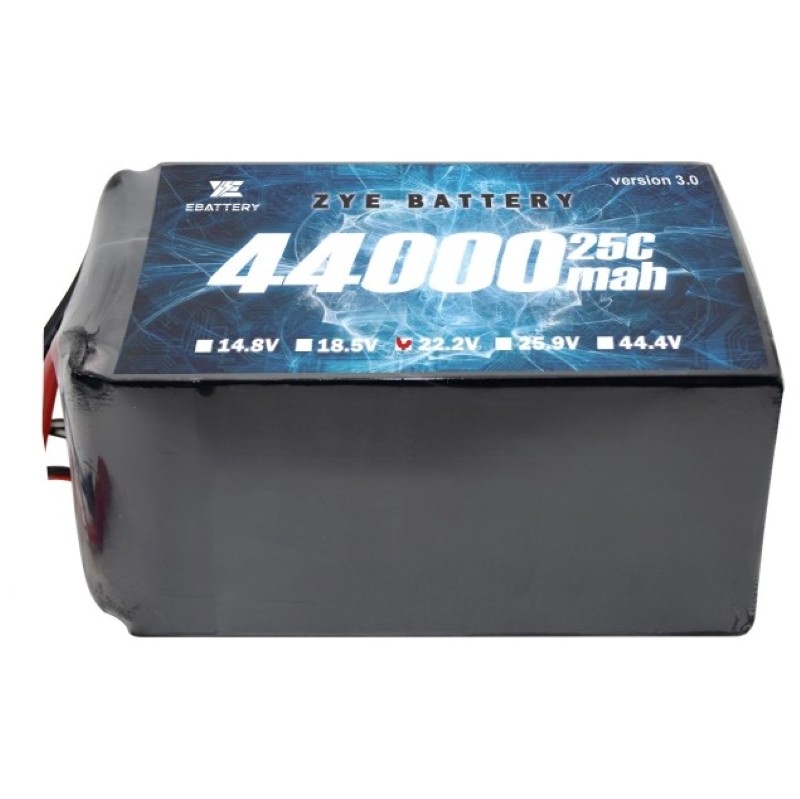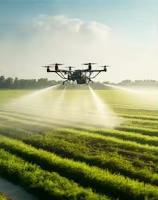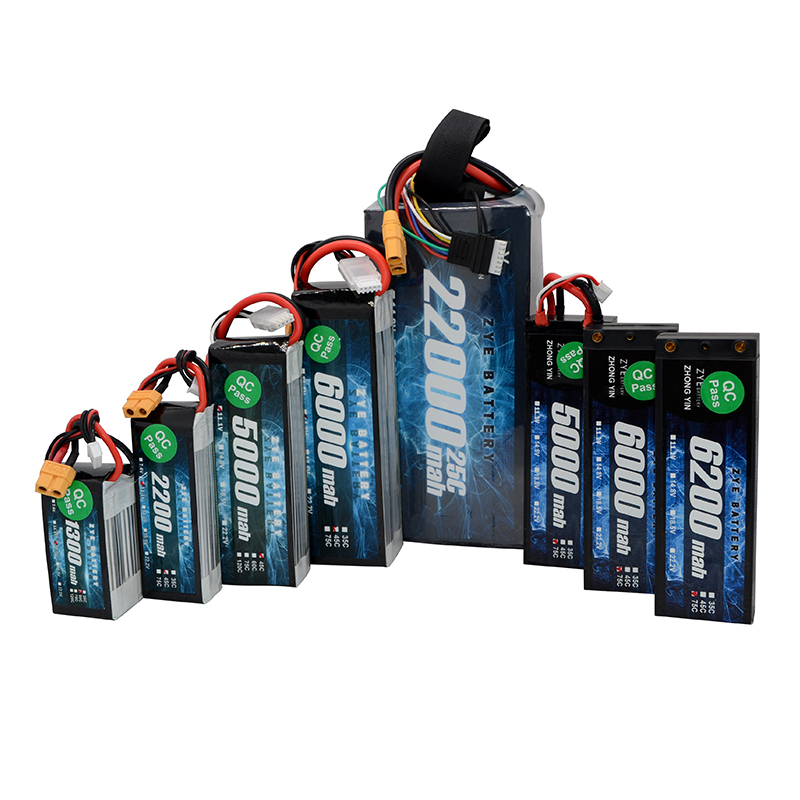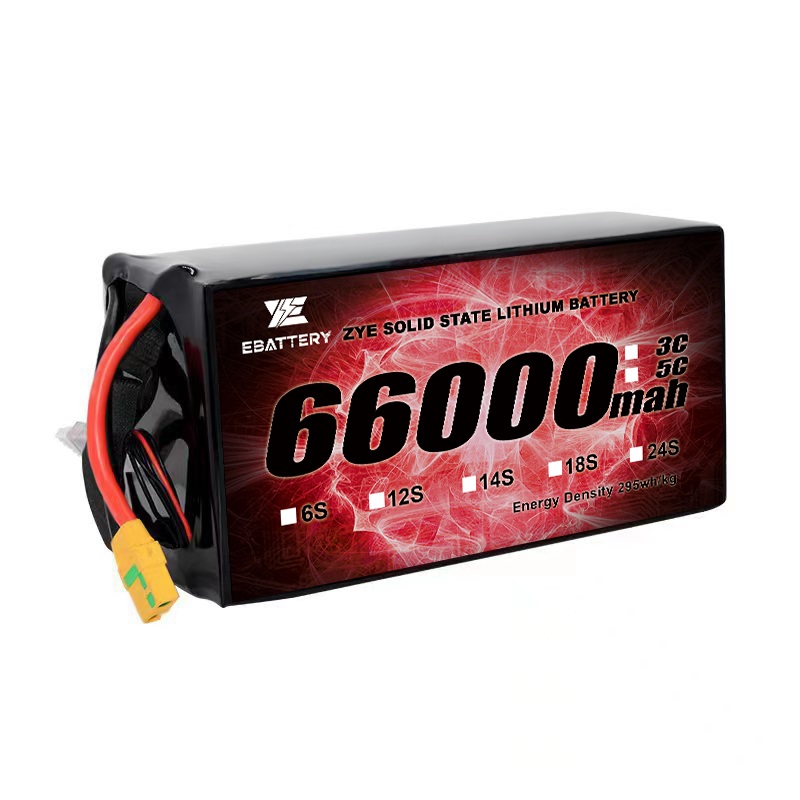How to select and match drone batteries?
2025-10-14
In today's technological era, drones have gradually transitioned from specialized fields into everyday life. Whether capturing breathtaking landscapes for aerial photography enthusiasts, monitoring farmland for agricultural workers, or conducting emergency rescue operations for first responders, drones are ubiquitous. Today, this article explores the selection and matching techniques for drones and their batteries, along with their diverse applications.

Drones and Batteries: Proper Selection Unlocks More Possibilities
For consumer-grade drones used in everyday aerial photography, these typically feature lightweight designs with relatively limited flight altitudes and ranges. They require batteries that offer portability and sufficient endurance. Generally, lithium batteries with capacities between 2000mAh and 5000mAh are suitable choices, providing flight times of approximately 20 to 40 minutes—adequate for most daily photography needs.
Agricultural spraying drones, requiring extended field operations while carrying pesticides, demand exceptionally high battery capacity and endurance. These drones typically require batteries exceeding 10,000mAh capacity, with flight times reaching 30-60 minutes to ensure a single charge can complete spraying over large farmland areas. Superior waterproofing and dust resistance are also essential to withstand harsh field conditions.
Checking and Selecting Battery Specifications
Battery specifications are also critical. Voltage is a key parameter—drones require batteries with specific voltage ratings for motors to function properly. Excessively high or low voltage can damage motors and even compromise flight safety. Drone battery voltage is usually marked on the casing; always ensure the selected battery voltage matches the drone's requirements.
Capacity is another vital indicator of battery performance; higher capacity translates to longer flight times. However, note that increased capacity also means greater battery weight, necessitating a balance between endurance and the drone's payload capacity.
Battery discharge rate is equally important. The discharge rate indicates the amount of electricity a battery can release per unit of time. A higher discharge rate means the battery can provide greater instantaneous power to the drone, making it suitable for drones requiring rapid acceleration and high-speed flight, such as racing drones.
Application Scenarios for Drones and Batteries: Different Combinations Meet Diverse Needs
I) Consumer Aerial Photography Sector
In the consumer aerial photography sector, the pairing of drones and batteries primarily focuses on portability and stable endurance. The intelligence level of consumer drone batteries is also continuously improving. Many batteries feature intelligent management systems that monitor parameters like charge level, voltage, and temperature in real time, providing feedback to users via apps for timely awareness of battery status.
II) Agricultural Plant Protection Sector
Agricultural plant protection drones represent a significant application of drones in agriculture. Their battery pairing must meet requirements for high capacity, long endurance, and resistance to harsh environments. Typically, these batteries utilize high-strength casing materials with waterproof, dustproof, and shock-resistant properties to withstand mud, dust, and impacts in the field. Additionally, their thermal management systems are specially engineered to maintain stable performance during prolonged operation in high-temperature environments, preventing damage from overheating.
III) Emergency Rescue Sector
In emergency rescue operations, drones play a vital role by rapidly reaching accident sites to conduct reconnaissance, search missions, and deliver supplies. The reliability and endurance of their batteries directly determine the success of rescue missions. Emergency rescue drones typically utilize batteries with high capacity, high discharge rates, and resistance to extreme environments.
Conclusion
Selecting and applying batteries for drones is a systematic process. Users must comprehensively consider battery specifications, performance characteristics, and other factors based on their specific needs and the drone's capabilities to choose the appropriate battery. Simultaneously, proper battery usage and maintenance are crucial for extending battery life and ensuring flight safety. With the continuous advancement of drone technology, we anticipate increasingly optimized battery-drone combinations and broader application scenarios in the future, bringing greater convenience and innovation to our daily lives and work.

























































